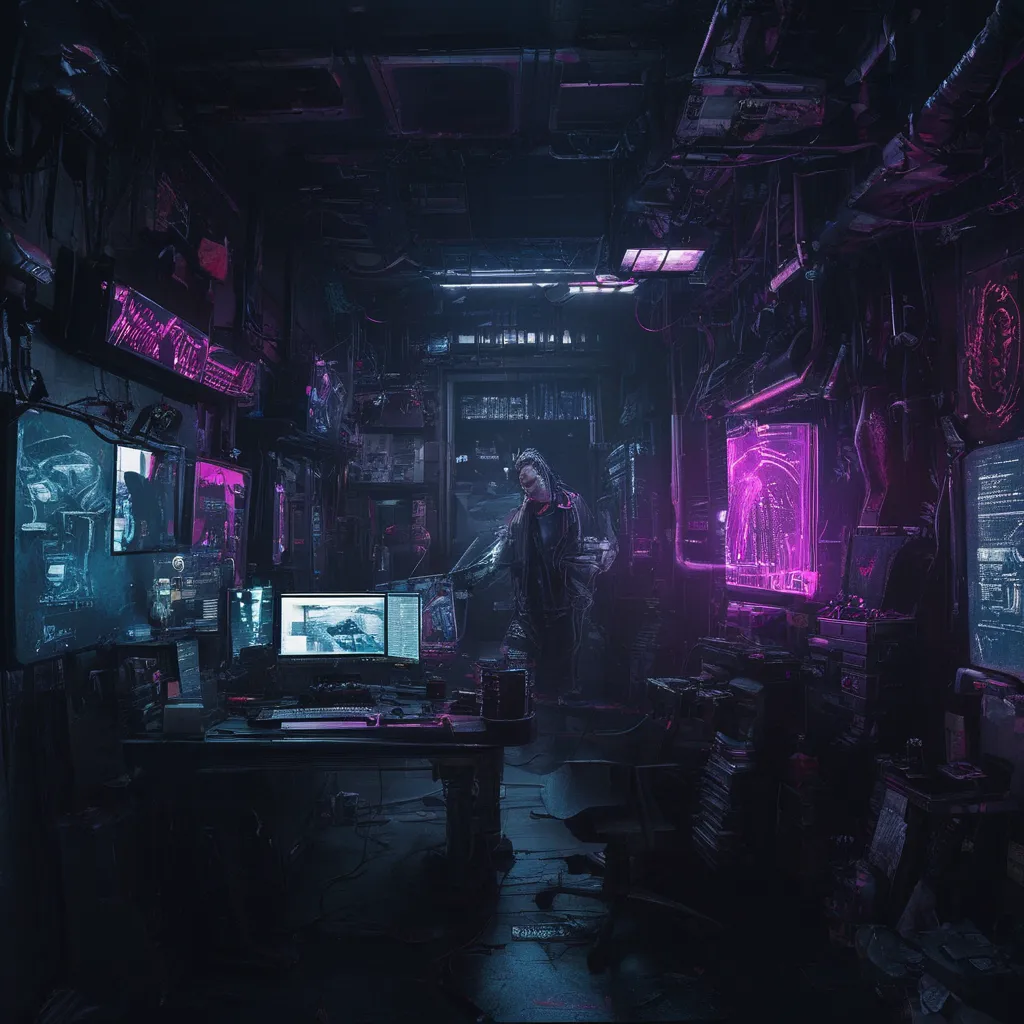


Cultivating Creativity: Guide to Creating a Conducive Environment for Artistic Success
As an artist, you know that inspiration can strike at any moment. But what if you could create an environment that sparks creativity and fuels your productivity on demand? In this article, we’ll explore the essential elements to craft a space that fosters artistic growth, boosts motivation, and helps you achieve success in your creative pursuits.
1. Dedicate a Workspace
Designate a specific area for your art, free from distractions and interruptions. This could be a studio, a corner of your bedroom, or even a co-working space. Having a dedicated workspace sends a signal to your brain that it’s time to focus on your craft.
2. Natural Light and Comfort
Ensure your workspace is well-lit, with plenty of natural light pouring in. A comfortable temperature, ergonomic seating, and adequate ventilation can also contribute to a conducive environment. Your body and mind will thank you for the investment.
3. Organize Your Tools and Materials
A cluttered space can lead to a cluttered mind. Keep your art supplies organized, categorized, and easily accessible. This will save you time, reduce stress, and allow you to focus on the creative process.
4. Minimize Digital Distractions
In today’s digital age, it’s easy to get sidetracked by social media, email, or text notifications. Consider implementing a “no phone zone” in your workspace or using website blockers like Freedom or SelfControl to minimize digital distractions.
5. Inspirational Surroundings
Surround yourself with stimuli that spark creativity. This could be art books, prints, or quotes from influential artists. Having a vision board or a mood board can also help you stay focused on your artistic goals.
6. Flexible and Adaptable Layout
Design your workspace to accommodate different creative processes. Invest in versatile furniture, such as a standing desk or a modular shelving system, to allow for flexibility and adaptability.
7. Schedule Creative Time
Set aside dedicated time for creating, free from other commitments and distractions. Treat this time as non-negotiable, just like you would any other important appointment.
8. Make it Aesthetically Pleasing
Make your workspace visually appealing by adding plants, artwork, or decorative elements that inspire you. This will create a positive association with your creative space, making you more likely to want to spend time there.
9. Invite Feedback and Accountability
Share your workspace with fellow artists or mentors who can provide constructive feedback and encouragement. This can help you stay motivated, refine your craft, and celebrate your successes.
10. Embrace Imperfection and Evolution
Remember that your creative space is a dynamic entity, just like your art. Don’t be too hard on yourself if things don’t turn out as planned initially. Be open to experimentation, iteration, and growth.
By incorporating these essential elements, you’ll be well on your way to crafting an environment that fosters creativity, boosts productivity, and helps you achieve success in the world of art. So, take the first step today, and watch your artistic vision unfold!
Help your friends to become a better version of themselves by sharing this article with them:
